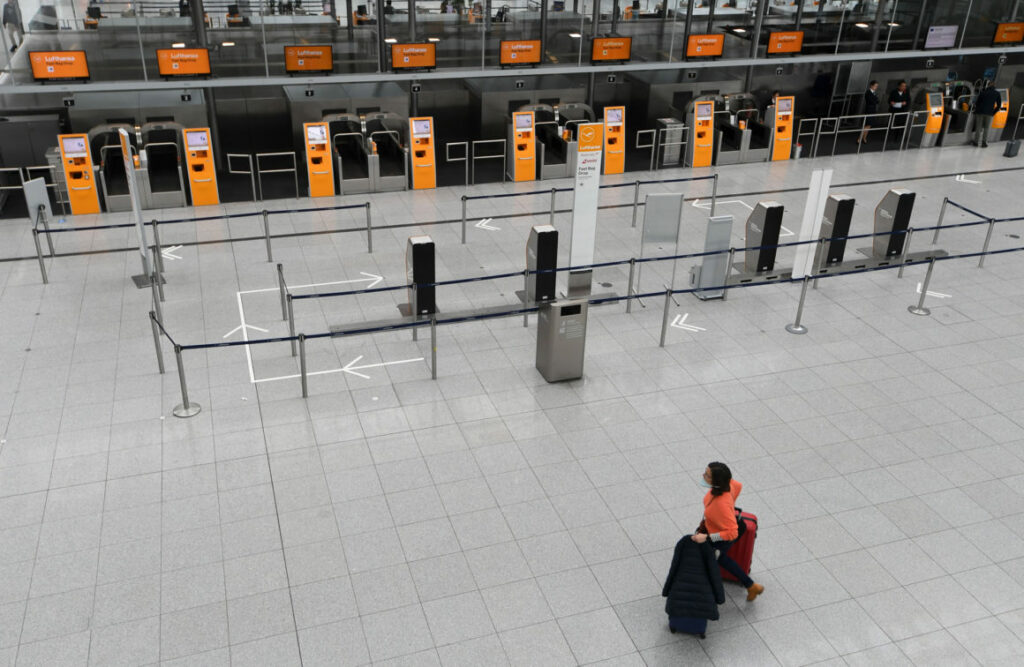After four months of travel bans, Europe will soon officially be open to visitors from at least 14 countries, but the United States isn’t on the list. The move follows a decline in the number of positive COVID-19 cases across the continent, which hopes to welcome tourists back again.

The European Union restricted nonessential travel to most of its member-states under rules in effect until at least June 30. But starting July 1, European countries will loosen some of those measures, allowing travel from non-EU countries again that meet certain criteria, including their ability to contain the coronavirus.
The final list will be revealed at some point this week, but media reports have said Australia, Canada, Japan, and South Korea will be among those greenlighted. Meanwhile, Brazil, Russia, and the United States will likely be excluded, due to their current high numbers of positive cases.
According to Euronews, 54 countries were on an initial draft list obtained “from EU diplomatic sources.” The list includes countries in Southeastern and Central Europe, as well as Africa, the Western Pacific and Southeast Asia. While many will not be ultimately granted access now, they might be greenlighted later on.
That’s not likely going to be the case for the US, which now has the highest number of coronavirus deaths and infections in the world. At least 2.5 million had been infected in the country and 128,000 people had died, according to the Johns Hopkins University Coronavirus Resource Center.
An EU diplomat told CNN that it was very “unlikely” travelers from the US would be allowed in, adding that even though the list had not been finalized “the US’s chances are close to zero.” The diplomat also said, “with their infection rates … not even they can believe in that possibility.”
But infection rates aren’t the single factor being considered by the EU when choosing which countries to grant access to. Other elements also weight in heavily, such as whether the country has lifted travel restrictions on the EU. Something that is still not the case with the US.
Back in March, as the number of coronavirus cases began growing in the US, President Donald Trump announced a travel ban on anyone arriving from the European Union. Trump described the decision as a way to protect Americans, though some doubted its effectiveness in really slowing the spread of the virus.
The policy change caused confusion about who could and couldn’t return to the US, leading to chaos at airports and potentially backfiring as a rush of people returned to US airports. It also caught European leaders by surprise, who condemned the unilateral decision.
The spat between the EU and the US wasn’t actually something new. Since Trump took office, he has picked up fights with European leaders on a wide array of issues from trade to the Iran deal. The US declined to participate on a global vaccine summit and pulled out of the World Health Organization, both moves questioned by Europe.
As both Europe and the US seek to rebuild their economies, continuing travel bans from both sides will likely make it more difficult. Tourism is already being severely hit, according to the US Travel Association. “The EU’s announcement is incredibly disappointing, and a step in the wrong direction as we seek to rebuild our global economy,” said its VP for Public Affairs Tori Emerson Barnes in a statement.






